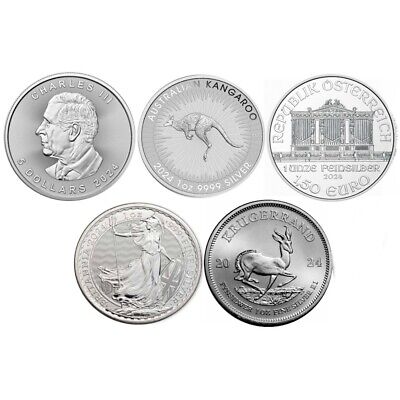Silver has long been a popular investment vehicle for those looking for a stable store of value. At times, silver prices can be volatile. Which can create opportunities and challenges. Understanding the causes of volitility and managing it effectively can be crucial when considering or currently holding silver.
Beyond investment, a tremendous amount of silver is consumed by various industries. The market demand in industrial applications, jewelry, and as an investment can vary significantly. Supply disruptions from mining constraints or geopolitical issues also contribute to price swings.
In a normal economy, silver often hedges against inflation or currency devaluation. Quarterly updates from the Federal Reserve, changes to interest rates, and other monetary policy decisions can influence market sentiment and, consequently, silver prices.

Wall Street and paper markets play a substantial role in the silver market and can exacerbate price movements. Ongoing geopolitical tensions and conflicts often drive investors toward safe-haven assets like silver.
Diversification and Dollar-Cost Averaging
Diversification is a fundamental principle of investing that constructs a portfolios with a mix of assets, including equities, bonds, and other commodities. By including a variety of asset types, investors can reduce the impact of silver’s volatility.
The basic principal of Dollar-cost averaging involves investing a fixed amount of silver at regular intervals, regardless of dealer premiums and market prices.
For example, if an investor commits to buying $100 worth of silver every month, they will purchase more silver when prices are low and less when prices are high.
This strategy can reduce the impact of short-term price swings by spreading out the purchase cost over time.
To effectively implement a dollar-cost averaging strategy, investors can track their investments using a simple spreadsheet for keep track of each purchase, including the date, amount invested, and the price per ounce.
Review your investment with a financial advisor to ensure the strategy is aligned with your financial goals.
